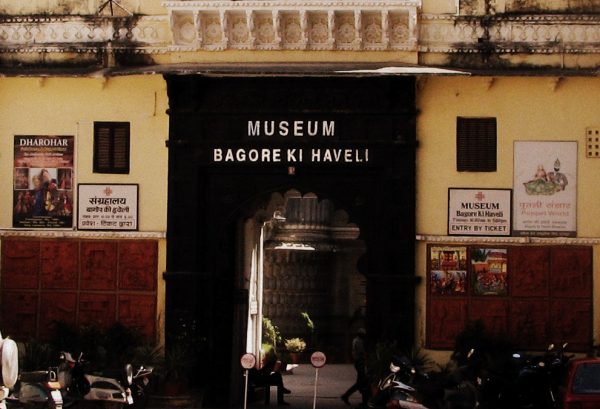Posted inPlaces to Visit
Bagore Ki Haveli – The Past and The Present
Bagore Ki Haveli Rejuvenates a sheer sense of Rajgharana… The beauty of Bagore Ki Haveli is not ‘ephemeral’ but ‘eternal’. It is situated at Gangaur Ghat adorned by the side…
